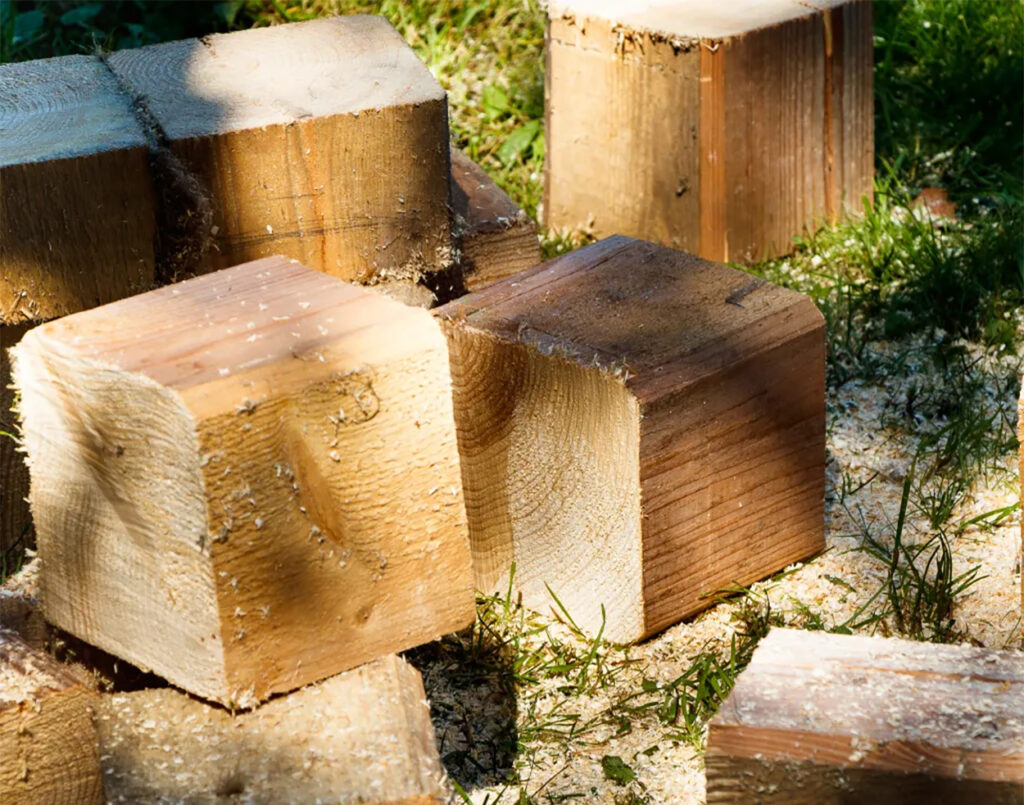Saving Trees Through 3D Wood Printing

Trees can now be grown in the lab, thanks to 3D printing. Trees are important to all aspects of life. Still, since the start of human civilization, about 54 percent of the total tree population has been wiped out, according to a global forest survey. It has devastating effects on the earth, as deforestation can cause tsunamis, droughts, heat waves, and floods. Each year, about 15 billion trees are cut down, according to Nature.com.
People still cut thousands of trees daily to produce furniture, rubber, medicines, wax, and paper. Yet, most of these items are part of people’s lifestyles, and it seems impossible to remove them from their lives.
Will people continue to cut down trees?
Soon, it will be possible to stop cutting down trees. In May 2022, a report of a study from Materials Today journal detailed the study of using 3D printing to create wood grown in the lab. MIT researchers conducted the research, demonstrating that it can produce timber without denuding forests. Experts consider this study as one of the best innovations of 2022.
MIT researchers showed the world the first 3D-printed wood. Through their study, they created customizable wood in the lab, using the cells of Zinnia elegans, a flowering plant known as Common Zinnia, which typically grows about one to three feet tall.
The scientists’ unique approach allowed them to bio-print wooden pieces in any size and shape. Thus, they only use the plant’s cells to produce a piece of furniture directly. Therefore, there is no need to cut down trees or create waste.
According to the research team, they treated the leaves of the Common Zinnia cells with a liquid medium before using a solution in gel form, which contains various nutrients and two types of hormones. They explained that changing the concentration of the hormones enabled them to control the density, strength, stiffness, and other mechanical and physical properties of the plant matter they grow in the lab.

When they lower the hormone levels, the resulting plant materials have rounded, open cells with lower density. Conversely, they achieved plant materials with denser, smaller cell structures when they increased the hormone levels. The latter also produced stiffer plant material.
In the published research work, the scientists highlighted their new approach to generating 3D-printed, tunable plant materials from their cell cultures. With their process, they managed to reduce waste and environmental disruption and increase production rates and yields without sacrificing whole plants.
Further developments
The study’s lead author, Ashley Beckwith, founded FORAY bioscience, Inc., whose goals are to develop new methods and techniques to grow wood without cutting entire trees. Currently, they are growing plant matter using the cells of the Common Zinnia. This is the first step in saving trees. Moreover, the MIT researchers’ approach is the first of its kind—using tissue engineering to lab-produce plant matter. Before this, scientists only used it for culturing animal cells.
The next step is to 3D print timber in the lab. They intend to use cells from various trees, including pine. Their goal is to minimize and eventually prevent deforestation. According to statistics, the earth has lost about ten million hectares of forest, which is about the size of Iceland. At this rate, the earth will have no more forests in 100 to 200 years.
Moving toward lab-grown, customizable timber
The researchers demonstrated that they could control the lab-grown plant material’s properties, enabling the production of wood products according to the requirements. For example, they can grow a wood product such as a table without cutting trees to process timber.
Using 3D bioprinting techniques, the researchers demonstrated they can grow plant materials in different forms, sizes, and shapes not found in nature or produced using traditional agricultural means. They aim to grow the plant materials in the exact shape needed, reducing waste.
Although still in its early stages, the objective is to someday grow wood products with specific properties for different applications, such as products with thermal properties for efficient room heating or high-strength products for walls.
According to the senior author of the research, Luis Fernando Velásquez-García, plant cells behave like stem cells, following the cues given by scientists. Hence, they grow to the specific material that fits the purpose.
The scientists will continue working on the project to understand and control cellular development better and see the effects when they use other genetic and chemical factors on the cells’ growth. Another thing they want to evaluate is how they can transfer their method to another species, such as commercially important species of wood.